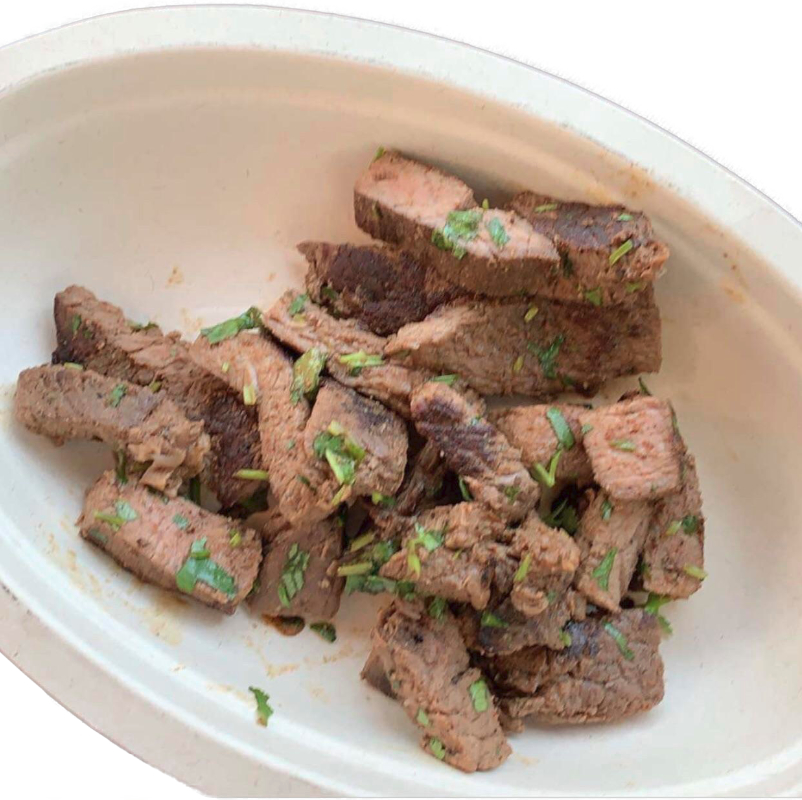NEW YORK — Beverage innovation is an area of focus for Chipotle Mexican Grill, Inc., said Brian R. Niccol, chief executive officer.
Breakfast? Not so much.
“We think we’ve got a real opportunity on enhancing our beverage offering and taking our beverages closer to ‘food with integrity’ to match like what we’ve got in our food,” Mr. Niccol said during a May 29 presentation at the Sanford C. Bernstein Strategic Decisions Conference in New York.
The burrito chain’s beverage assortment includes fountain drinks and bottled tea, juice and sparkling water. Chipotle also has offered margaritas and beer and tested a Mexican chocolate milkshake at its NEXT Kitchen in New York.
“Part of the reason why we want to get after beverages is I think there’s a real opportunity for that afternoon daypart,” he added. “Lunch is obviously a strength of ours. Dinner is a strength of ours that’s frankly growing. And with our mobile business, we’re seeing even more strength in our dinner daypart.
“I think there’s an opportunity between lunch and dinner that if we enhanced our beverage program, we would probably see an uptick in that afternoon daypart. And then I think there are some menu things that we can do like salads and so on and so forth to just offer the right food at that 3:00 or 4:00 time period. So that’s probably the next daypart that we’re really after.
“Putting aside, do I think breakfast is something in the future that we might do? Maybe. It’s just not something we’re focused on doing right now.”
 Other menu updates may include new ingredients or new processes. Chipotle currently is testing carne asada steak in two markets.
Other menu updates may include new ingredients or new processes. Chipotle currently is testing carne asada steak in two markets.
“Those are very easy to put in because you literally just put it into our hot section, where the chicken, steak is today, and it’s very simple for the team to handle that,” Mr. Niccol said. “And then obviously you get into the next round, which is like a quesadilla or nachos, which would be a process change. That requires more work, and they require some new equipment. And as a result, we’re testing that as well. We’ve got a new piece of equipment that we’re testing.”
The company uses a “stage-gate” process to test new menu items and ideas. Mr. Niccol described it as “trying to quantify how attractive an idea is at the consumer phase.”
“So, if we found out consumers raise their hand saying, ‘Hey, I like carne asada,’ that’s, call it, stage gate No. 1,” he explained. “Stage gate No. 2 is, all right, let’s go put it in two or three restaurants and see how we actually make the carne asada in a restaurant. If that works and it demonstrates there’s some consumer appeal, team members can make it consistently, then we go to the next stage gate, which is, it’s very easy to manage one, two, three restaurants and make sure you get great execution. It’s very different when also now you’ll put it in a market that’s not near headquarters and you’re now in 40 restaurants. That’s the next stage gate.
“So when I say like it’s in a market, you’re usually in 30 to 40 restaurants, and we try to do more than one market just to see what the consumer appeal is as well as what our execution is and then what’s the outcome on throughput and the financials. If you get through that, then we would launch it nationally. So that’s the process…
“One of the other things that’s nice about that is it really helps you from a forecasting standpoint. So that when it comes time to launch, you make sure you’ve got enough steak, you got enough staffing. It just gives you an idea then of how to plan for when you go take it nationally.”




